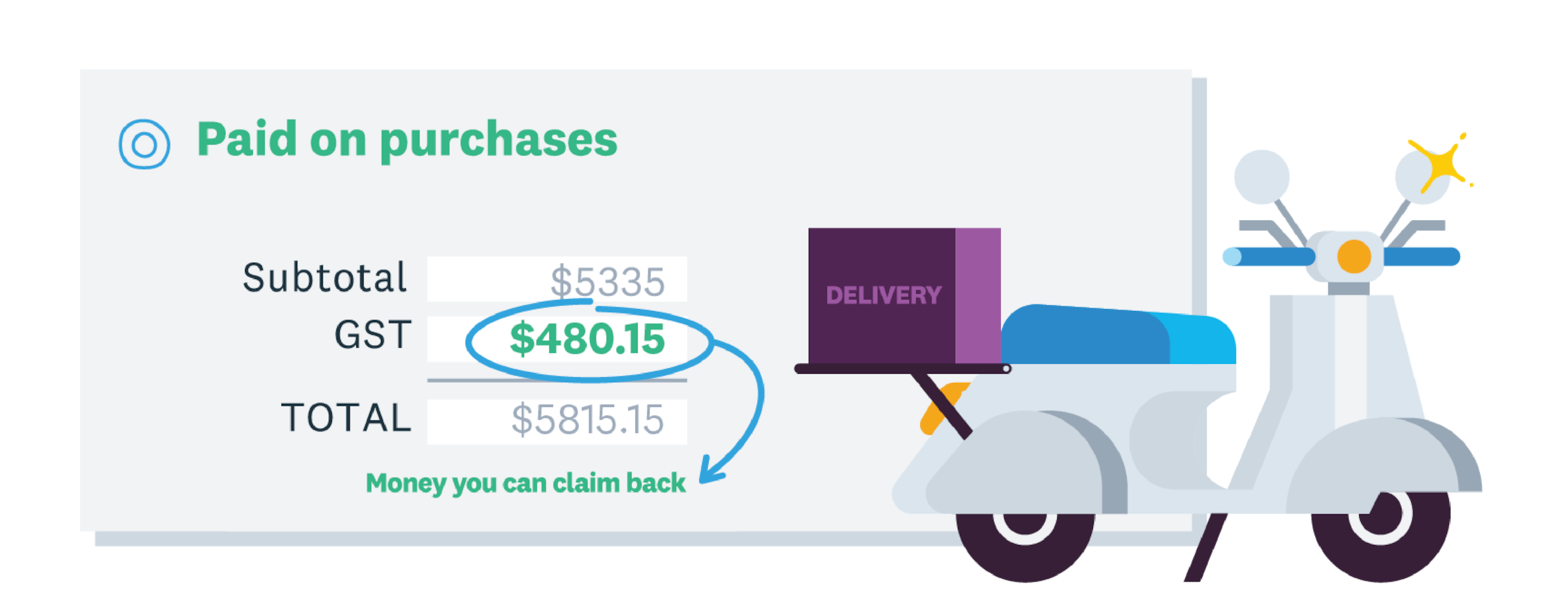Working out your GST refund or payment
Working out GST is simple maths. Keeping track of all your transactions is the tricky part. Let’s learn the process.

Published Thursday 23 September 2021
GST is a simple formula
You work out GST by comparing the amount you paid on purchases to the amount you collected on sales.
If you get a positive number, you need to pay that amount to IRAS. If it’s a negative number, you’ll get a refund for that amount.
How to work out GST in four steps

1. Make a note of the GST paid on your business purchases

2. Make a note of the GST collected on sales
3. Add both types of GST
4. Run the GST formula
Avoid nasty surprises with smart bookkeeping
Like any business, you’ll be aiming to sell more than you buy. If you succeed in doing that, you’re most likely to end up with GST to pay. Run the four-step GST equation regularly so you can see how big your GST payment is shaping up to be.
Automate your GST calculations
You can use online accounting software like Xero to stay on top of GST. It automatically records GST collected and paid, and does the maths for you.
The software keeps a running count of your GST situation so you always know where you stand. It’s IRAS-compliant – when the GST period is over, you simply run the GST F5 in Xero, print it off, and file it with IRAS.
Disclaimer
Xero does not provide accounting, tax, business or legal advice. This guide has been provided for information purposes only. You should consult your own professional advisors for advice directly relating to your business or before taking action in relation to any of the content provided.
GST Guide For Business
Making a start with GST? Don’t worry. It’s a little extra admin, but this guide will help you get sorted.
- What is GST?
You’ve probably heard about GST before – it stands for goods and services tax and is added onto prices in Singapore.
- Registering for GST
Find out if your business needs to register for GST. If so, learn how to do it and find out what happens next.
- Calculating GST and issuing tax invoices
If you’re a GST-registered business you must add GST to your prices. You also need to issue GST invoices. Find out how.
- Claiming back GST
GST-registered businesses can claim back the GST they pay on business expenses. Learn when and how.
- Working out your GST refund or payment
Working out GST is simple maths. Keeping track of all your transactions is the tricky part. Let’s learn the process.
- GST returns and due dates
GST-registered businesses must declare how much they’ve collected and paid. You do this by filing GST returns (GST F5).
- Tools and guides for your business
Now you know the ins and outs of GST, but it can be tough to keep on top of it all. Xero’s got the resources to help.
Download the GST Guide for Business
Get your GST sorted. Fill out the form to receive this guide as a PDF.
Now that you have your guide
Managing finances can feel overwhelming. With Xero’s powerful tools, small businesses can stay organised and confident.